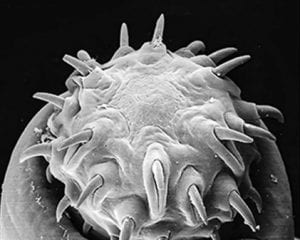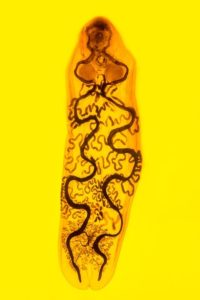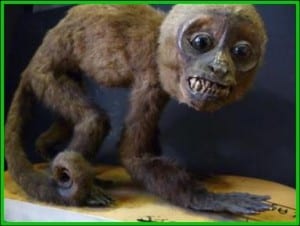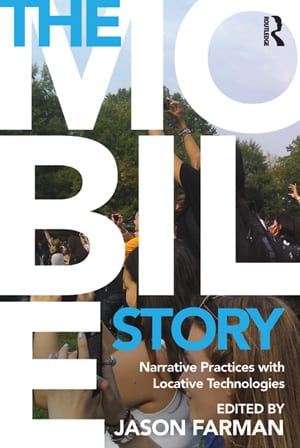The Giant Thorny-Headed Worm of Swine
By ucwehlc, on 20 October 2023
The Grant Museum is currently closed for refurbishment works until the new year, but we still have plenty of exciting stories to tell from the collection.
Today’s blog is by visiting researchers Dr Andrew McCarthy and Dr Jennie C. Litten-Brown from Canterbury College, UK, who have been looking into some of the parasites in our collection. This week we meet the Giant Thorny-Headed Worm of Swine, Macracanthorhynchus hirudinaceus (Acanthocephala: Oligacanthorhynchidae), a parasite that causes disease in both pigs and humans, that you will be able to see on display when we re-open.
The Giant Thorny-Headed Worm of Swine
Parasitism is probably the most common life strategy on Earth. Parasites are known to be important factors in maintaining ecosystem health, and the relatively new discipline of Parasite Conservation is devoted to preventing the extinction of endangered parasite species. However, several parasites cause serious disease in both humans and livestock. With increasing trends in more ethical farming methods such as Wild Farming, (often associated with rare breeds conservation), where livestock come into close contact with the natural environment, an awareness of potential pathogenic parasites is important. Specimens of one such parasite, an acanthocephalan, may be found in the Grant Museum of Zoology.
Acanthocephalans, commonly known as the “Thorny-Headed Worms” are a group of parasites typically under-represented in museum collections. Members of the group are known to cause a disease, acanthocephaliasis, in their vertebrate hosts, and some are of both veterinary and medical importance. The Grant Museum of Zoology has in its collection both fluid preserved adult worms (specimens LDUCZ-F21, F22 & F23), and Rudolf Weisker wax teaching model specimens c.1884 (LDCUZ-F26 & F84), of one of the largest acanthocephalans known to science. It goes by the rather dramatic common name of the “Giant Thorny-Headed Worm of Swine”, Macracanthorhynchus hirudinaceus. It may be described as a neglected parasite upon which relatively little research has been carried out. Its scientific name refers to the large, thorned proboscis (see Fig. 1), and the leech-like (“hirudo”) nature of its body (see Fig.2 ).

Fig. 1. The Parasite: Macracanthorhynchus hirudinaceus.
Scanning Electron Micrograph of the proboscis bearing thorns.
(© Migliore et al. (2021) )
 Close
Close






